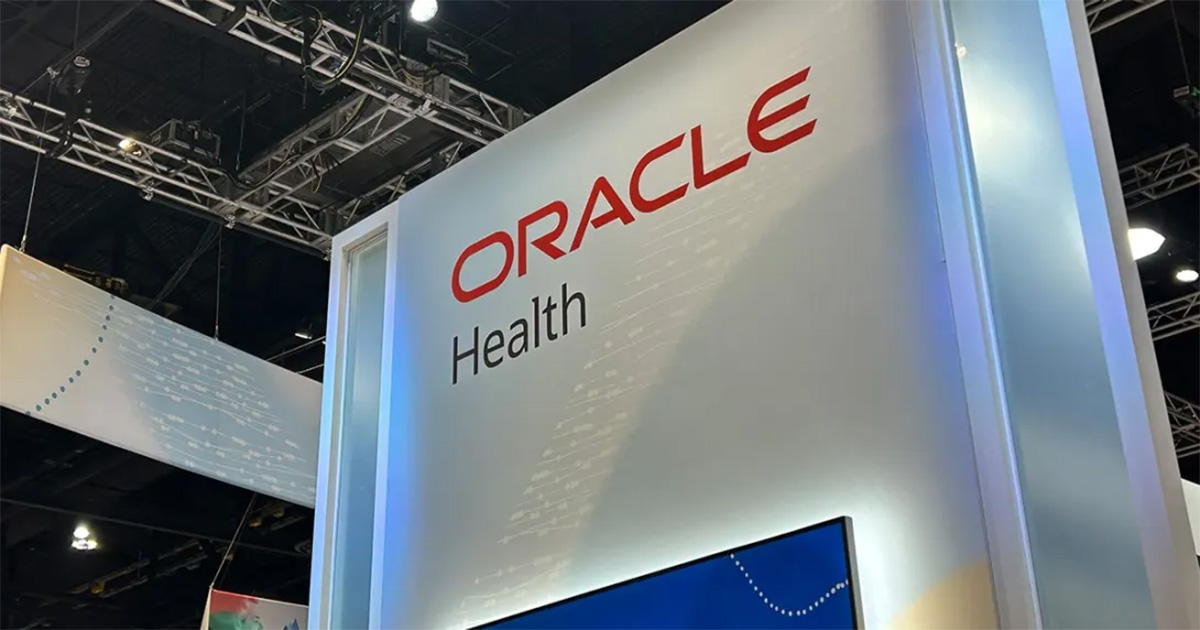The concept that Joe Fortuna wanted to emphasize to lawmakers on Capitol Hill Tuesday is that healthcare IT by itself is not the end point.
He knows he got his point across, he said Wednesday morning.
Fortuna, chairman-elect of the healthcare division of the American Society of Quality, spoke to the 21st Century Health Care Caucus of the U.S. House of Representatives.
Congressmen Patrick Kennedy (D-R.I.) and Tim Murphy (R-Pa.) co-chair the caucus, which is made up of 47 House members.
"It's like painting a house," Fortuna told the lawmakers. "There's a lot of prep work."
Fortuna was joined by four representatives of the ambulatory care and hospital settings, who detailed best practices and lessons learned from their IT projects.
 They briefed the caucus on the importance of proper preparation to ensure successful implementation of healthcare IT and emphasized the need to optimize the business processes and culture of provider organizations before deploying new information technologies.
They briefed the caucus on the importance of proper preparation to ensure successful implementation of healthcare IT and emphasized the need to optimize the business processes and culture of provider organizations before deploying new information technologies.
Re-working a bad process prior to implementing new technology is critical to successful IT projects, they told lawmakers.
One of the presenters discussed how a physician practice in Michigan managed to cut about $90,000 out of one process – filling out the patient form.
"It went through right 1 percent of the time," Fortuna said. "The process was costing them over $90,000 a year."
Besides Fortuna, the ASQ panel presenters were:
* Paloma Hernandez, president and CEO of the Urban Health Plan in the Bronx, N.Y.;
* Robert Burney, director of quality improvement for the medical department at the U.S. Department of State in Washington, D.C.;
* Christopher J. DeFlitch, chief medical information officer at Penn State Hershey Medical Center in Hershey, Pa.; and
* Doug Sears, director of performance improvement/knowledge transfer at Bon Secours St. Francis Health System in Greenville, S.C.
ASQ is made up of 93,000 members in a variety of sectors. The healthcare division has about 4,500 members, with another 4,500 members that cross over from another sector, Fortuna said.


